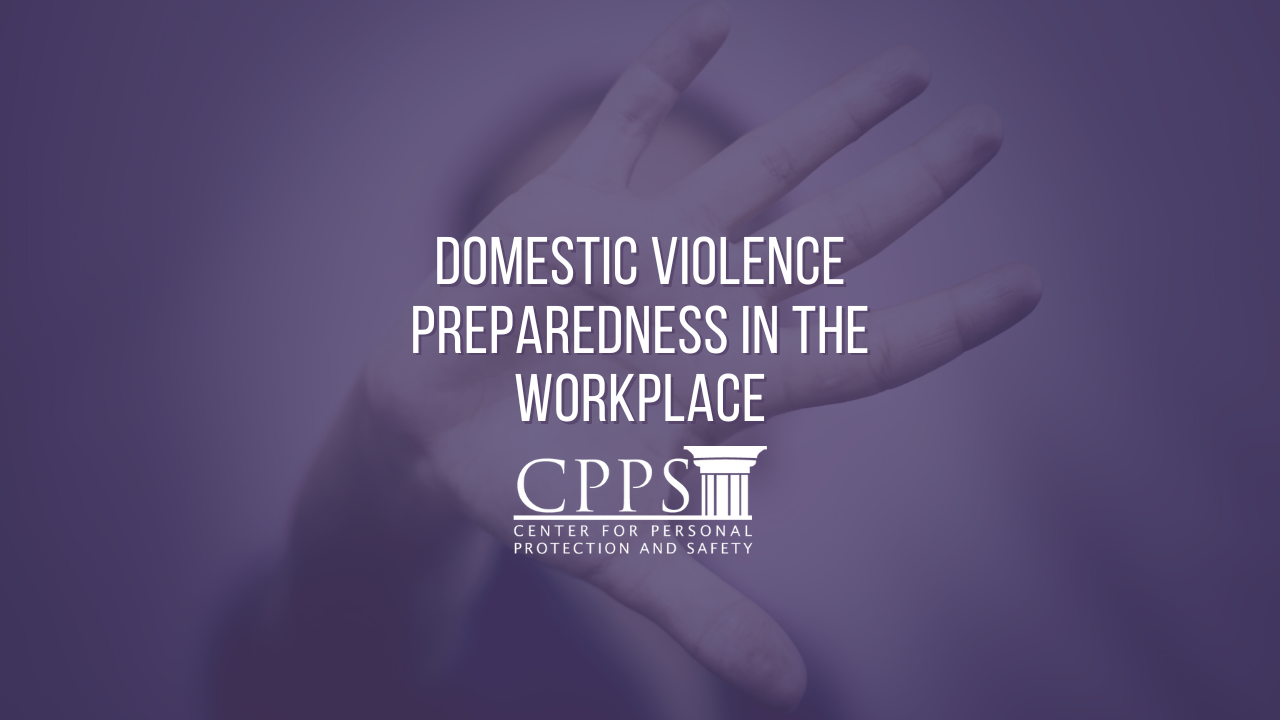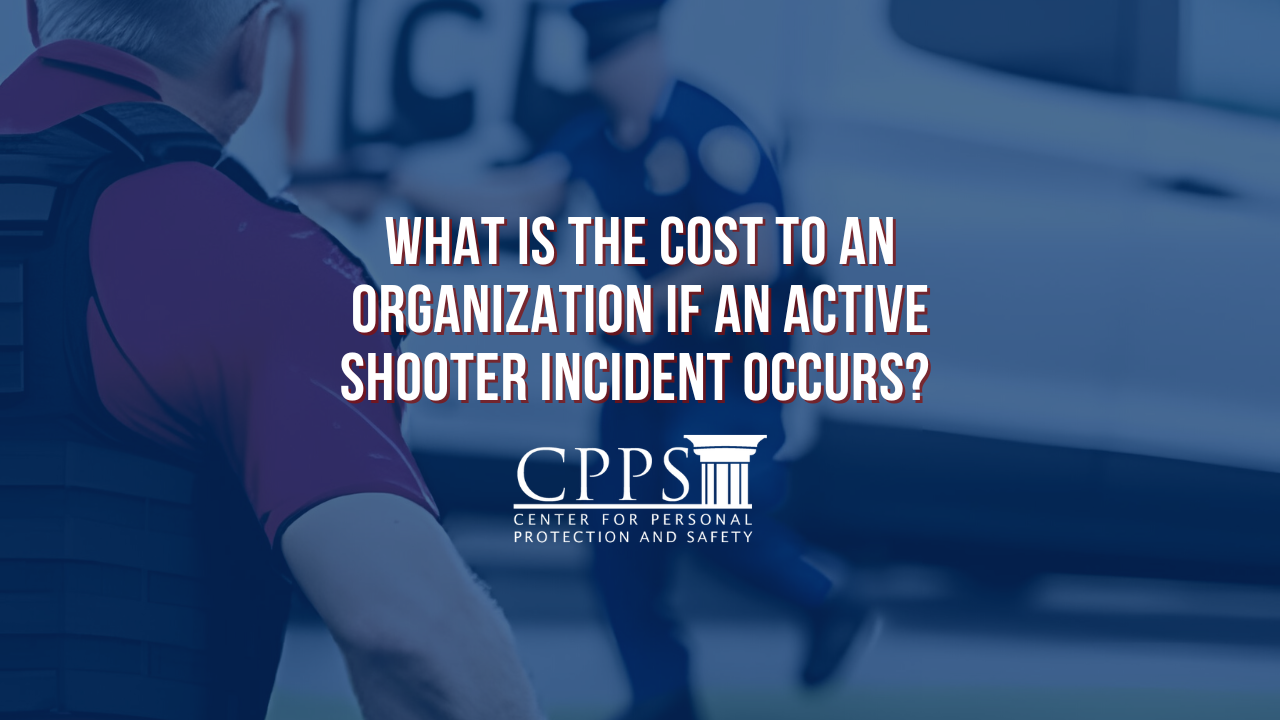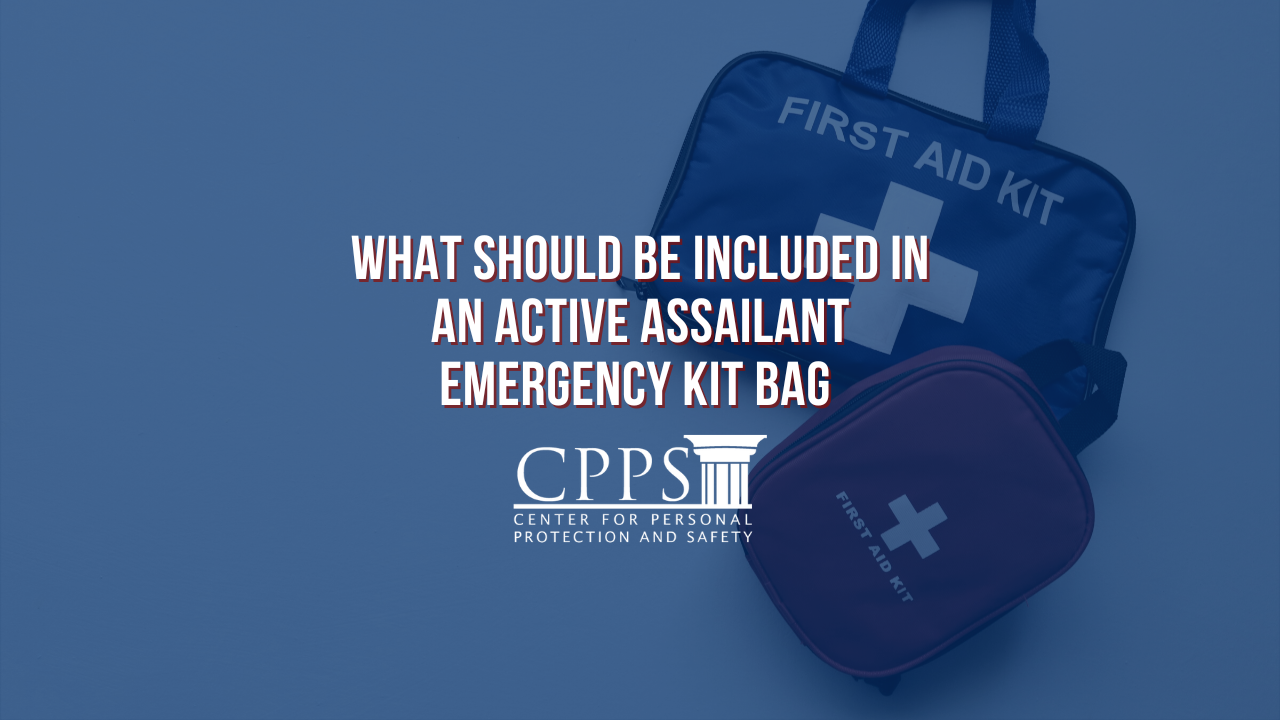
Blog
Domestic Violence Preparedness in the Workplace: A Component of Active Assailant Readiness
The topic of workplace safety has evolved significantly over the years, especially with increasing cases of active assailants. While most organizations focus on training employees to respond to active assailant scenarios, a critical, often overlooked aspect of this preparedness is domestic violence. Given that domestic issues can escalate and spill over into the workplace, leading to active assailant incidents, it is crucial for organizations to include domestic violence preparedness as part of their comprehensive safety measures.
What is The Cost to an Organization if an Active Shooter Incident Occurs?
An active shooter incident can cost billions of dollars to an organization, and with the dramatic rise in incidents, this matter should have everyone’s attention. Not only can the financial impact be devastating, but its impact on employees can be the most significant cost of all.
What Should be Included in an Active Assailant Emergency Kit Bag?
CREATING AN EMERGENCY KIT BAG FOR AN ACTIVE ASSAILANT SITUATION REQUIRES CAREFUL CONSIDERATION OF THE POTENTIAL THREATS AND THE SPECIFIC NEEDS OF INDIVIDUALS AND ORGANIZATIONS IN SUCH EMERGENCIES.
During an active assailant situation, every second counts. Having an emergency kit bag readily available allows individuals to quickly access essential supplies and tools needed to respond to an emergency. It helps minimize response time and enables immediate action to enhance personal safety and potentially save lives.
Three Things I Wish Threat Management Teams Would Remember
Threat Assessment is not the same as Profiling. This is not true. Threat Assessment is, in actuality, the “antithesis of profiling.” Profiling involves generalizing about an individual actions/behavior based on the individual’s similarity to high-risk groups; it is an inductive process which is not generally useful when potential threats or acts, of Intentional or Targeted Violence.
Three Keys to Running an Effective Behavioral Threat Assessment & Management Program
Within the collective process of Workplace Violence Prevention and Intervention (WVPI), the employment of a robust Behavioral Threat Assessment and Management (BTAM) program cannot be stressed enough. BTAM is continuing to be adopted in many arenas throughout society: schools, businesses, communities, government agencies, non-profits, faith-based organizations, and more. Its utility is becoming increasingly recognized. After acts of mass shootings, and other extreme violence events, it’s common for warning signs to be uncovered that identified an individual was progressing towards their crime. A unique factor about BTAM is that it seeks to identify whether someone may be progressing towards intentional/targeted violence before an incident occurs. Organizations are commonly challenged with circumstances where one’s behavior is inappropriate or concerning, but it doesn’t rise to the level that allows law enforcement to intervene. This is the space that those responsible for BTAM commonly operate. Here’s three key concepts that are centric to implementing a BTAM program.
Workplace Violence Prevention Training: De-Escalation
As we empower individuals to build a strategy that protects their safety and security, it becomes apparent that it's one thing to tell them what it means to be proactive, use empathy and de-escalate, but understanding how to apply the tools and techniques is another. The true challenge lies in empowering an individual to become critical stakeholders in a safe work environment, one that's free from intimidation and violence. Without the benefits of training, one could easily find themselves immersed in a situation that seems unmanageable and out of control, which is the exact thing we are trying to prevent in the first place.






